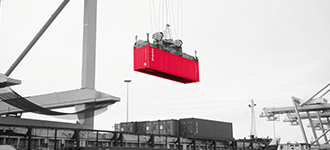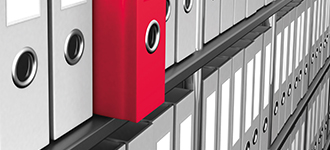Crédito y Caución expects a rise in corporate insolvencies that will slow down in the course of the year, driven by increased demand, investment and business performance.

Crédito y Caución is seeing a large number of defaults on payment and insolvencies. Many companies in this sector have made a loss throughout 2009 and so far in 2010.

The construction sector is a major area of concern in Netherlands. Insolvencies increased 28% year-on-year in the first half of this year, double that from 2006 to 2008.

Dutch exports are almost back to pre-recession levels. While exports are driving economic growth, weak private consumption is emerging from 13 months of contraction.

The USA has shown growth for four successive quarters. Moderation in rate has so far done growth so little to make a significant dent in unemployment.

With the large drop-off in activity, Crédito y Caución sees the present insolvencies trend continuing for the remainder of this year and into 2011.

Crédito y Caución prevê, para o segundo semestre do ano, uma estabilização continuada em alguns sectores da economia alemã, nomeadamente o Metalúrgico.

Crédito y Caución defende que o sector Alimentar na Alemanha vai manter-se estável durante os próximos meses.

Crédito y Caución prevê, para o segundo semestre do ano, uma estabilização continuada em alguns sectores da economia alemã, nomeadamente o Metalúrgico e o Alimentar.

The insolvencies in the Irish retail industry will continue for the foreseeable future, due to the high rents charged to most retail operators in most towns and cities in Ireland.

Mantenha-se informado. Receba a nossa Newsletter